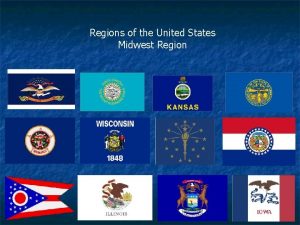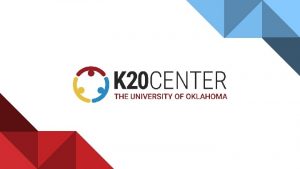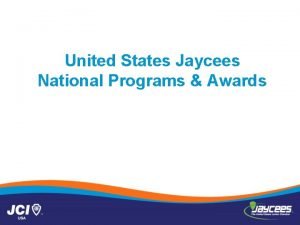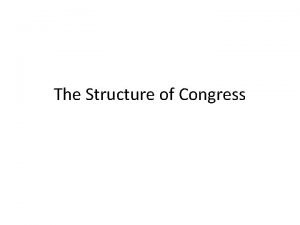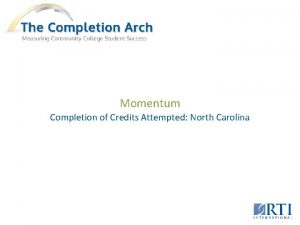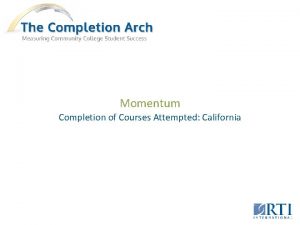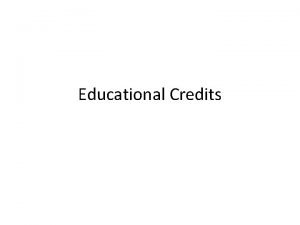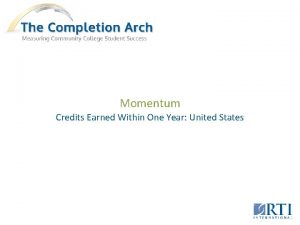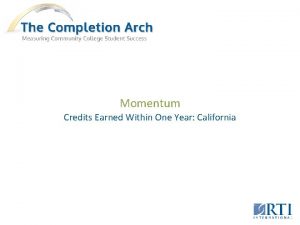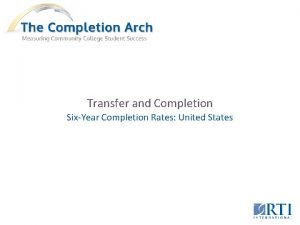Momentum Completion of Credits Attempted United States Completion












- Slides: 12

Momentum Completion of Credits Attempted: United States

Completion of Credits Attempted: United States What Is Measured? Percentage of credits completed of those attempted Who Is Counted? First-time college students who first enrolled in U. S. community colleges in the 2003 -04 academic year as of spring 2009 What It Tells Us On average, U. S. community college students completed over three-quarters (77 percent) of their credits attempted. The percentage of credits completed was higher among women than men (79 percent vs. 75 percent), and higher for students in the highest income group (83 percent) than for those in the middle (78 percent) or lowest income groups (70 percent). Why It's Important Students who complete all the courses they attempt avoid having to repeat coursework, accumulate credits faster, and take less time to attain a credential or transfer than students who fail to complete some courses. Incomplete courses may result from a failing grade or withdrawal. Multiple studies have found that excessive course withdrawals may reduce the likelihood of completion and transfer.

Percentage of credits completed of those attempted among U. S. community college students, by demographic and enrollment characteristics

Percentage of credits completed of those attempted among U. S. community college students, by demographic and enrollment characteristics

Percentage of credits completed of those attempted among U. S. community college students, by demographic and enrollment characteristics

Percentage of credits completed of those attempted among U. S. community college students, by demographic and enrollment characteristics

Percentage of credits completed of those attempted among U. S. community college students, by demographic and enrollment characteristics

Percentage of credits completed of those attempted among U. S. community college students, by demographic and enrollment characteristics

Percentage of credits completed of those attempted among U. S. community college students, by demographic and enrollment characteristics

Percentage of credits completed of those attempted among U. S. community college students, by demographic and enrollment characteristics

Percentage of credits completed of those attempted among U. S. community college students, by demographic and enrollment characteristics

Data Sources - U. S. Department of Education, National Center for Education Statistics, 2003 -04 Beginning Postsecondary Students Longitudinal Study, Second Follow-up (BPS: 04/09) Postsecondary Education Transcript Study (PETS: 09). About the Data - Percentage of credits completed of those attempted: calculated by dividing the number of credits completed by the number of credits attempted. Credits were normalized by placing hours or credit units received for a course on a common scale so that credit units can be compared across students and institutions. Race/ethnicity: Other includes Native American, Native Hawaiian or other Pacific Islander, and individuals who indicated Other or Two or more races. Race categories exclude Hispanic/Latino origin unless specified. Income percentile rank: calculated separately for dependent and independent students and then combined. Each ranking thus compares the respondent only to other respondents of the same dependency status. Uses parents' income if respondent is dependent and uses respondent's own income if respondent is independent. Social sciences and humanities: includes cultural and gender studies; visual and performing arts; English language and literature; family and consumer sciences; philosophy, theology, and religious studies; psychology; social sciences and history; and liberal arts, general studies, and humanities. STEM: includes agricultural and natural resource studies; biological and biomedical sciences; computer and information sciences and support; engineering; mathematics and statistics; physical sciences; science technologies and technicians; and engineering technologies and related fields. Full-time/part-time enrollment: indicates student's cumulative enrollment through 2009. Full-time is defined as 12 or more credit hours per semester.
 Miller and urey's experiments attempted to demonstrate
Miller and urey's experiments attempted to demonstrate Chapter 6 momentum changing momentum
Chapter 6 momentum changing momentum Nnn
Nnn Melting pot
Melting pot Why is the united states called a postindustrial economy
Why is the united states called a postindustrial economy Why did the us invade cuba
Why did the us invade cuba United states jaycees
United states jaycees Manifest destiny map
Manifest destiny map Immigration to the united states
Immigration to the united states What are the two houses of the united states congress?
What are the two houses of the united states congress? Physical features of the southeast region
Physical features of the southeast region Where is mr. pirzada from
Where is mr. pirzada from Us history regents essay
Us history regents essay


